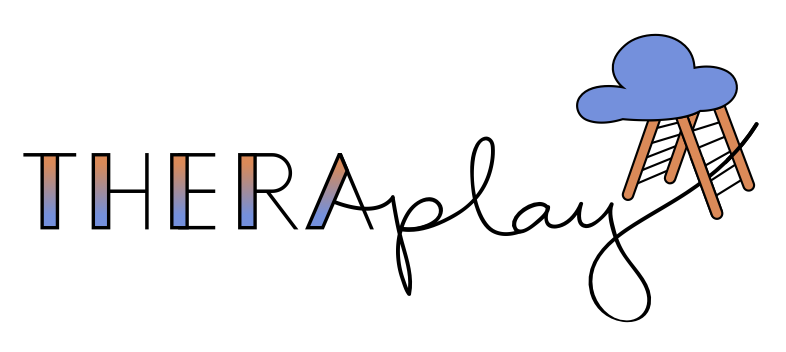Everything You Need to Know About the Moro Reflex
If you've ever seen a baby suddenly fling their arms and legs out as if startled, you've witnessed the Moro Reflex in action! Also known as the startle reflex, this involuntary movement is one of many primitive reflexes present at birth. But what happens if the Moro Reflex doesn’t go away when expected? That’s where primitive reflex integration therapy comes in.
TL;DR: The Moro Reflex, or startle reflex, is a natural response in newborns that should integrate by 4–6 months, but if it persists, it can contribute to anxiety, sensory issues, and difficulty focusing. Primitive reflex integration therapy can help address these challenges through targeted exercises, improving emotional regulation, coordination, and overall development.
In this post, we’ll cover:
What the Moro Reflex is
How Moro Reflex helps babies grow and develop
By what age the Moro Reflex should be integrated
Signs of an unintegrated Moro Reflex
How primitive reflex integration therapy can help address symptoms of an unintegrated Moro Reflex
What Is the Moro Reflex?
The Moro Reflex is a natural, automatic response that helps protect newborns from sudden changes in their environment. It develops while the baby is still in the womb and plays an important role in:
Assisting with breathing after birth
Helping the baby move through the birth canal
Triggering an alert response to potential danger
This reflex typically lasts only a few seconds, causing the baby to throw out their arms, open their hands, and take a quick breath before bringing their arms back in. Often, babies will cry during this reaction—that’s their way of signaling to caregivers that something startled them.
When Should the Moro Reflex Disappear?
The Moro Reflex is an essential part of early development, but it should gradually integrate (disappear) by around 4 to 6 months of age. As the brain matures, a more controlled adult startle reflex replaces it.
However, in some cases, the Moro Reflex does not integrate properly. When this happens, a child may continue to have heightened stress responses, affecting their emotions, behavior, and ability to focus.
Symptoms of an Unintegrated Moro Reflex in Children
If the Moro Reflex remains active beyond six months, it may contribute to various sensory and developmental challenges.
Signs of a retained Moro Reflex include:
🚩 Frequently startles or sensitivity to loud noises
🚩 Difficulty sleeping or frequent night waking
🚩 Emotional outbursts or mood swings
🚩 High anxiety or difficulty handling stress
🚩 Clumsiness or poor coordination
🚩 Motion sickness
🚩 Difficulty focusing or hyperactivity (ADHD-like symptoms)
🚩 Poor tolerance to change
Children with ADHD, autism, dyslexia, and sensory processing challenges are more likely to have an unintegrated Moro Reflex.
How Is the Moro Reflex Integrated?
If a child has an unintegrated Moro Reflex, specific exercises and primitive reflex integration therapy can help. An occupational therapist trained in primitive reflex integration may use:
Gentle movement exercises to retrain the nervous system
Deep pressure activities to help regulate sensory responses
Vestibular (balance) exercises to improve coordination
Breathing and relaxation techniques to reduce stress responses
Since the Moro Reflex is linked to the fight-or-flight system, helping a child feel safe and secure is key to successful integration.
Why Primitive Reflex Integration Matters
When primitive reflexes don’t integrate properly, they can impact learning, behavior, and emotional regulation. Addressing an unintegrated Moro Reflex can help children feel calmer, more focused, and better able to handle everyday challenges.
If your child struggles with anxiety, attention, or sensory sensitivities, it may be worth exploring primitive reflex integration therapy. Identifying and working on retained reflexes can make a big difference in their ability to thrive!
Still not sure if your child’s Moro Reflex is integrated? Use this checklist to find out!
If you're interested in learning more about primitive reflex integration, occupational therapy, or how to support your child's sensory and emotional regulation, contact TheraPlay LA today! Our expert therapists are here to help.


